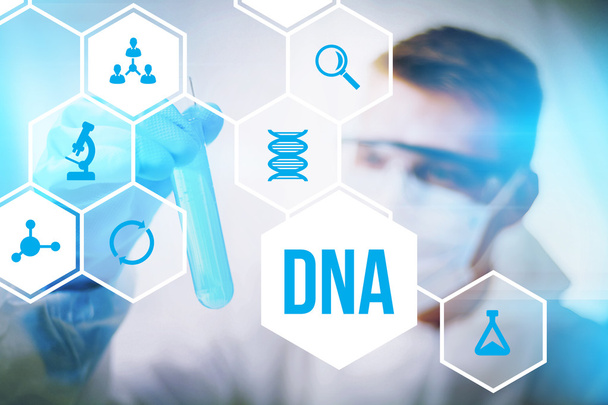Determining paternity is crucial to family law, genetics, and personal relationships. Paternity tests have gained significant popularity in recent years, providing individuals with the ability to establish or confirm biological relationships. However, one question often arises is, “How much does a paternity test cost?”

In this article, we will explore the various factors that influence the cost of paternity tests, the different testing options available, and important considerations to keep in mind.
Factors Influencing Paternity Test Cost:
- Laboratory Testing: The cost of a paternity test largely depends on the type of laboratory analysis used. There are two main methods employed: traditional DNA testing and advanced DNA testing. Traditional testing analyzes a limited number of genetic markers, while advanced testing examines a more extensive panel of markers, resulting in higher accuracy. Consequently, advanced DNA testing tends to be more expensive than traditional testing.
- Testing Method: Paternity tests can be conducted in different ways, such as buccal swabs, blood samples, or even non-invasive prenatal testing. Buccal swabs are the most common method, as they are painless, non-invasive, and can be easily self-administered at home. Blood samples may be necessary for certain cases or when a court-ordered test is required. Non-invasive prenatal testing allows paternity determination during pregnancy, but this method is typically more costly due to the specialized nature of the procedure.
- Testing Options: There are generally two options for paternity testing: legal and non-legal. Legal tests follow strict chain-of-custody procedures to ensure the accuracy and admissibility of results in legal proceedings. These tests usually cost more due to the additional documentation and processes involved. Non-legal tests are more affordable and provide accurate results, but they may not be accepted as evidence in court.
- Number of Individuals Tested: The cost of a paternity test can vary depending on the number of individuals involved. Testing the alleged father, child, and mother (known as a trio test) is the most common scenario, but additional individuals, such as other potential fathers or siblings, can be included for an additional fee.
- Turnaround Time: The urgency of obtaining results can affect the cost of a paternity test. Standard turnaround times typically range from a few days to a couple of weeks. However, expedited services are available for those who require quicker results, although they usually come with an additional cost.

Different Testing Options:
- Home DNA Testing Kits: Home paternity testing kits have gained popularity due to their convenience and affordability. These kits typically include buccal swabs for sample collection and detailed instructions. Once the samples are collected, they are sent to a laboratory for analysis. Home kits provide reliable results but may not be accepted as legal evidence in court.
- DNA Testing Clinics: DNA testing clinics offer in-person testing services. They have trained professionals who collect samples using buccal swabs or blood samples. These clinics may offer both legal and non-legal testing options, ensuring accurate and reliable results.
- Legal DNA Testing: Legal paternity tests are performed in compliance with strict legal standards. These tests require individuals to visit an accredited laboratory or clinic where professionals collect samples. The chain of custody is maintained throughout the process, ensuring the admissibility of results in legal proceedings.
Learn more at Wiki as well.
